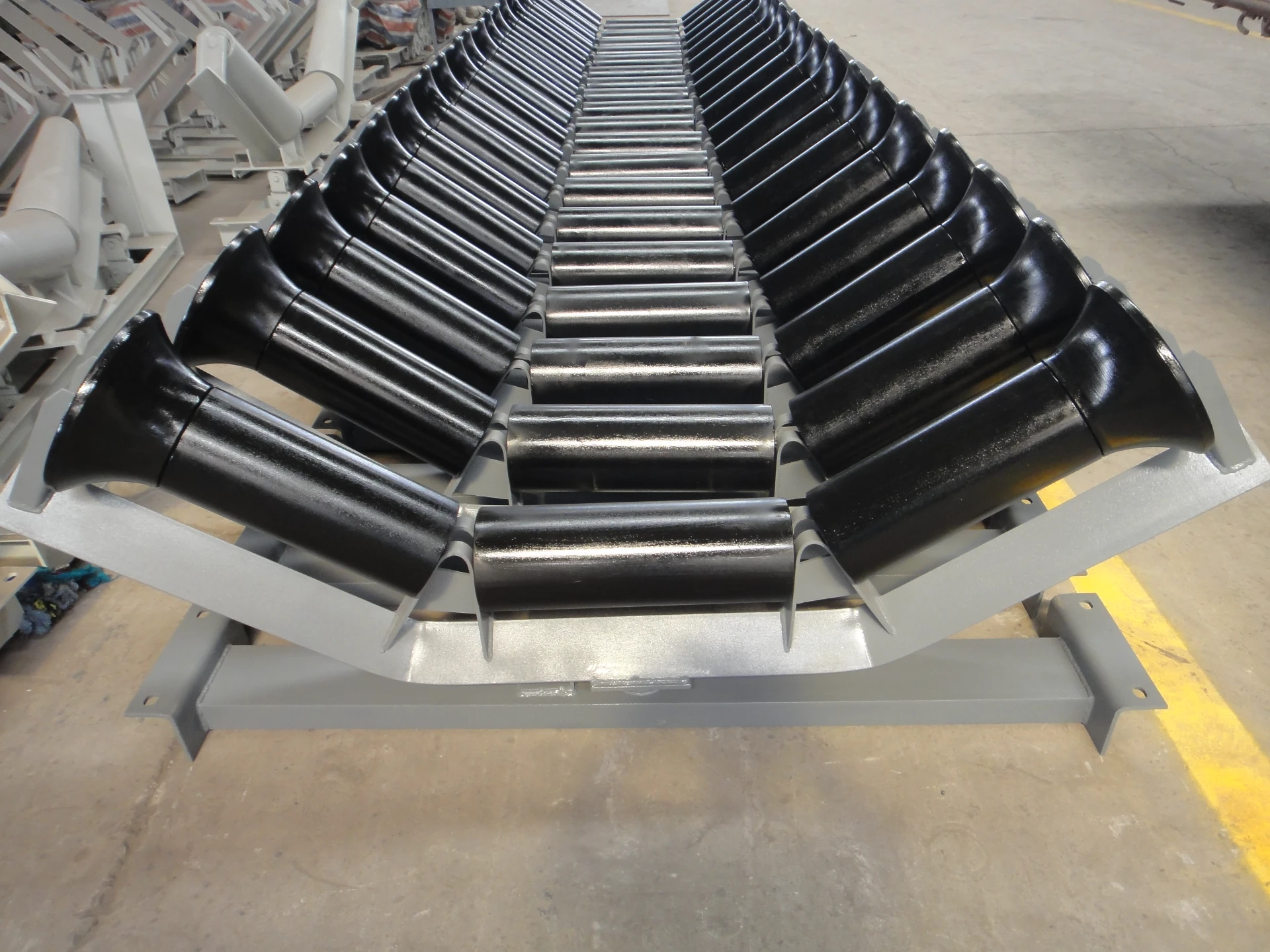 Afrikaans
Afrikaans  Albanian
Albanian  Amharic
Amharic  Arabic
Arabic  Armenian
Armenian  Azerbaijani
Azerbaijani  Basque
Basque  Belarusian
Belarusian  Bengali
Bengali  Bosnian
Bosnian  Bulgarian
Bulgarian  Catalan
Catalan  Cebuano
Cebuano  Corsican
Corsican  Croatian
Croatian  Czech
Czech  Danish
Danish  Dutch
Dutch  English
English  Esperanto
Esperanto  Estonian
Estonian  Finnish
Finnish  French
French  Frisian
Frisian  Galician
Galician  Georgian
Georgian  German
German  Greek
Greek  Gujarati
Gujarati  Haitian Creole
Haitian Creole  hausa
hausa  hawaiian
hawaiian  Hebrew
Hebrew  Hindi
Hindi  Miao
Miao  Hungarian
Hungarian  Icelandic
Icelandic  igbo
igbo  Indonesian
Indonesian  irish
irish  Italian
Italian  Japanese
Japanese  Javanese
Javanese  Kannada
Kannada  kazakh
kazakh  Khmer
Khmer  Rwandese
Rwandese  Korean
Korean  Kurdish
Kurdish  Kyrgyz
Kyrgyz  Lao
Lao  Latin
Latin  Latvian
Latvian  Lithuanian
Lithuanian  Luxembourgish
Luxembourgish  Macedonian
Macedonian  Malgashi
Malgashi  Malay
Malay  Malayalam
Malayalam  Maltese
Maltese  Maori
Maori  Marathi
Marathi  Mongolian
Mongolian  Myanmar
Myanmar  Nepali
Nepali  Norwegian
Norwegian  Norwegian
Norwegian  Occitan
Occitan  Pashto
Pashto  Persian
Persian  Polish
Polish  Portuguese
Portuguese  Punjabi
Punjabi  Romanian
Romanian  Russian
Russian  Samoan
Samoan  Scottish Gaelic
Scottish Gaelic  Serbian
Serbian  Sesotho
Sesotho  Shona
Shona  Sindhi
Sindhi  Sinhala
Sinhala  Slovak
Slovak  Slovenian
Slovenian  Somali
Somali  Spanish
Spanish  Sundanese
Sundanese  Swahili
Swahili  Swedish
Swedish  Tagalog
Tagalog  Tajik
Tajik  Tamil
Tamil  Tatar
Tatar  Telugu
Telugu  Thai
Thai  Turkish
Turkish  Turkmen
Turkmen  Ukrainian
Ukrainian  Urdu
Urdu  Uighur
Uighur  Uzbek
Uzbek  Vietnamese
Vietnamese  Welsh
Welsh  Bantu
Bantu  Yiddish
Yiddish  Yoruba
Yoruba  Zulu
Zulu roller conveyor components
Roller Conveyor Components An Overview
Roller conveyor systems are essential for the efficient movement of goods in various industries, including manufacturing, warehousing, and distribution. They are designed to transport heavy and bulky items with minimal manual effort. Understanding the components of roller conveyors is crucial for designing, maintaining, or upgrading material handling systems. This article provides an overview of the key components of roller conveyor systems, discussing their functions and importance.
1. Rollers
The rollers are the heart of the roller conveyor system. Typically made from materials such as steel, plastic, or aluminum, these cylindrical components facilitate the smooth movement of goods. Depending on the application, rollers can vary in diameter, length, and load-bearing capacity. There are several types of rollers, including gravity rollers, powered rollers, and belt-driven rollers. Gravity rollers rely on the force of gravity to move items, while powered rollers are driven by motors, allowing for controlled speed and direction.
2. Framework
The framework is the structural support that holds the rollers in place. It is typically fabricated from steel or aluminum, providing strength and durability. The framework must be designed to accommodate the specific load requirements and dimensions of the conveyor system. Additionally, it should facilitate easy integration with other material handling systems within the facility.
3. Bearings
Bearings play a critical role in ensuring the smooth operation of rollers. They reduce friction as rollers rotate, enhancing efficiency and prolonging the lifespan of the conveyor system. There are various types of bearings used in roller conveyors, including ball bearings and sleeve bearings. The choice of bearing depends on the operational speed, load capacity, and environmental conditions where the conveyor will operate.
4. Drive System
roller conveyor components

In powered roller conveyors, the drive system is essential for consistent movement. This system usually consists of an electric motor, drive belts, and gearboxes. The motor generates power, which is transferred through the drive belts to the rollers. The drive system can be configured for various speeds and load capacities, making it versatile for different applications.
To ensure stability and proper height alignment, roller conveyor systems require supports and stands. These components elevate the conveyor system to an appropriate working height, minimizing strain on operators and facilitating the integration of the conveyor with other machinery, such as packing stations or sorting systems. Adjustable stands are often used for flexibility in height requirements.
6. Controls
Conveyor control systems are vital for safe and efficient operations. They can include start/stop buttons, speed controls, and sensors. Advanced systems may feature automated controls that manage the flow of goods, ensuring that items are transported in a timely manner without bottlenecks. Safety features, such as emergency stop buttons and safety guards, are also critical to avoid accidents during operation.
7. Accessories
Various accessories can enhance the functionality of roller conveyors. For instance, guide rails help ensure that items stay on track, while diverters can direct products to different pathways within the system. Accumulation systems can also be integrated into roller conveyors, allowing for temporary holding of items without disrupting the flow of goods.
Conclusion
Roller conveyor systems are a critical component of modern material handling and logistics. Understanding the various components, including rollers, framework, bearings, drive systems, supports, controls, and accessories, is essential for optimizing their design and performance. By selecting the appropriate components based on specific operational needs, businesses can enhance efficiency, reduce operational costs, and improve the overall safety of their material handling processes. Whether for a small-scale operation or a large distribution center, investing in quality roller conveyor components can lead to significant long-term benefits.
-
Wing Pulley Conveyor for Conveyor Belt MaintenanceNewsJun.16,2025
-
Self Cleaning Spiral Idler for Conveyor DesignNewsJun.16,2025
-
Pulley Lagging for Conveyor Belt AlignmentNewsJun.16,2025
-
Impact Idlers Used in Belt Conveyor for PerformanceNewsJun.16,2025
-
Ceramic Lagging Conveyor Pulley for Conveyor Belt SystemsNewsJun.16,2025
-
Belt Conveyor Idler for Heavy-Duty ApplicationsNewsJun.16,2025





























